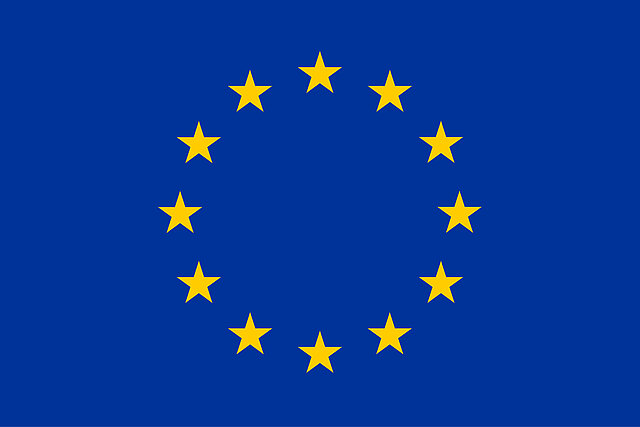CLAVHUB (IF)
Regulation of plasmodesmata signalling and transport by the CLAVATA1 and ARABIDOPSIS CRINKLY 4 receptor-like kinases


What is your project about and what are the goals of your research?
Plasmodesmata (PD) are nanoscopic channels that allow the passage of nutrients and informational molecules between plant cells. They are particularly important during plant development, enabling the exchange of regulatory molecules between plants cells to establish developmental patterning. Furthermore, PD seem to be important sites for intercellular signalling. Several membrane-bound proteins known as receptor-like kinases, which can receive external signals and relay these messages to effectors inside the plant cell, have been observed clustering at PD. We hypothesise that PD act as a gathering point for these receptors, forming hubs of signalling complexes that can integrate signals coming from environmental or developmental stimuli and elicit appropriate cellular responses. It is also possible that these receptors play a role in gating PD, enabling the passage of some molecules but not others. The CLAVHUB project aims to determine the exact role of signalling receptors in acting as signalling hubs and/or controlling the function of PD.
CLAVHUB will employ proteomic methods to identify new receptors and/or downstream signalling components that associate with PD. Using state-of-the-art microscopy techniques, we will be able to identify precisely where within the PD these receptors are located and what their interaction partners are. Combining these data with functional genetic studies will shed light on if/how these receptors are regulating PD function. This will have important implications on our understanding of how plant physiology and development is controlled and may ultimately enable us to increase crop productivity to meet the demands of an ever-increasing global population.
How did the project idea arise?
Unlike animals, plants are able to grow and generate new organs, such as branches, flowers or leaves, throughout their entire life. This is thanks to groups of stem cells residing in small regions of the plant known as meristems, which provide undifferentiated cells that can later form new organs and enable the plant to adapt and respond to environmental cues. Furthermore, increases in crop productivity are largely driven by selecting advantageous plant architectures arising from differential meristem activity. However, the fundamental ways in which meristem activity is regulated are poorly understood. Our lab previously observed that two receptor-like kinases that are important in regulating the root meristem form protein complexes that preferentially localise to PD. CLAVHUB will investigate this link between PD, signalling and the control of meristem activities that ultimately determine plant architecture and hence crop productivity.
Why did you decide to apply for a Marie-Curie grant and why now?
After taking a two-year career break to raise my children, and being in the early stages of my post-doc I felt now was a good time to give my career prospects a boost. The process of writing the application helped me both to crystallise my ideas for the project and to think about how I want to progress in my career and what resources I could use to help me do this. For me it was an appropriate time to reflect on where I am now and where I want to be in the future. And of course, being awarded the grant demonstrates the ability to secure third-party funding, a valuable asset to any CV!
What do you recommend researchers who are interested in applying for research funding?
Before starting the application, make sure you have a good project concept and realistic goals for the project. What are the real-world applications of your project and why should it be funded by taxpayer money? How will you best implement the project with the time and resources that you have? When writing, be honest but not modest – highlight your skills and potential. Ultimately you should convince the panel that your project is worth funding and you are the best person to implement it. Also take advantage of resources such as the HHU Forschungsmanagement office who can provide professional advice in preparing the grant. Finally, take care with the presentation and style of writing, and ensure you address every criterion in the application.
| Project duration | December 27th 2021 to December 26th 2023 |
| Grant amount HHU | EUR 174 806,40 |
| Total grant amount | EUR 174.806,40 |
| Funding programme | MSCA-IF-2020 - Individual Fellowships |
This project has received funding from the European Research Council (ERC) under the European Union’s Horizon 2020 research and innovation programme (grant agreement No 804636).

